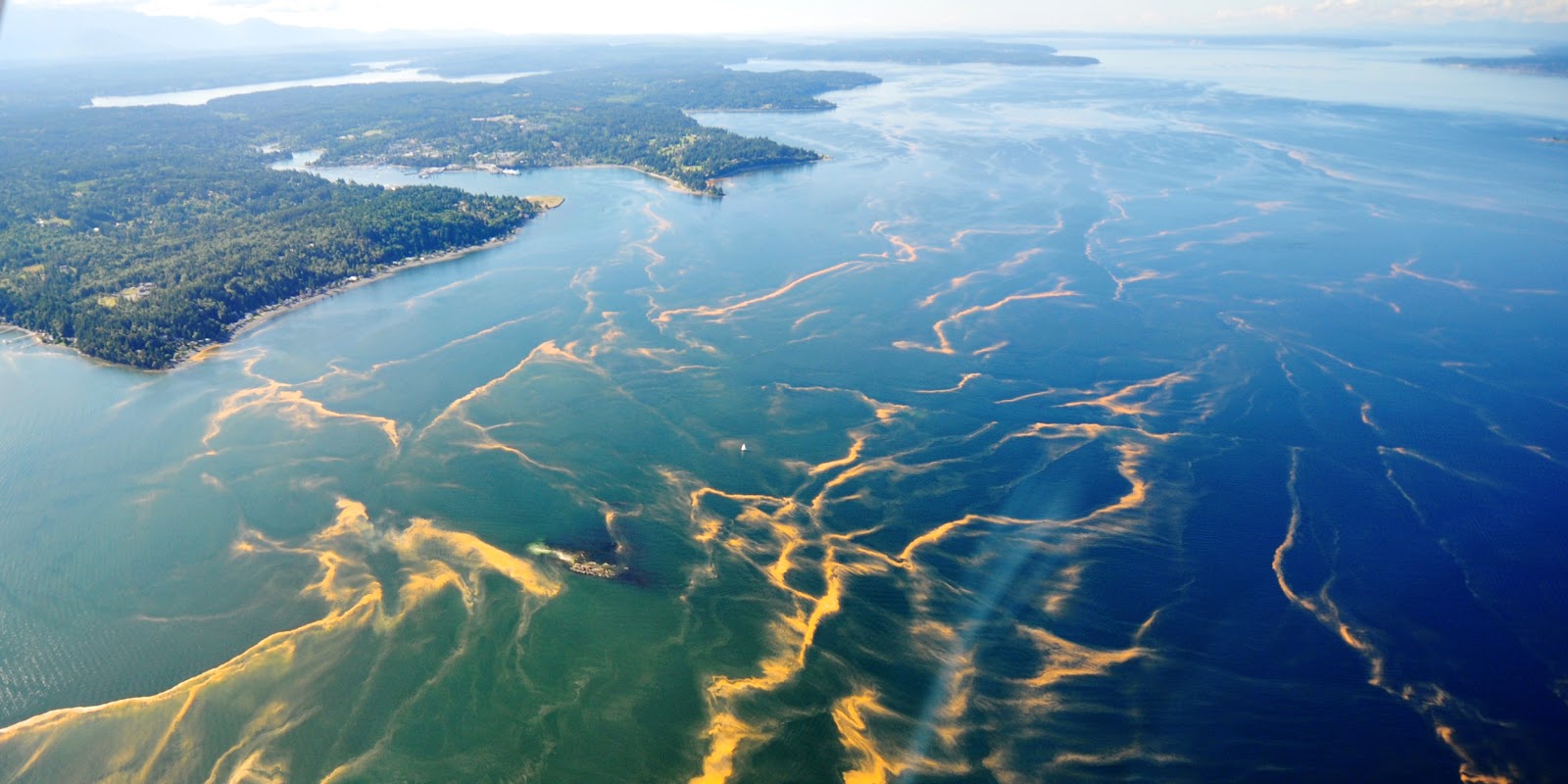
The Washington Department of Ecology recently announced a public comment period to determine whether nutrient limits should be applied to all wastewater treatment plants that discharge directly into Puget Sound via a general permit approach. Overall, we feel that this is a good step in the right directions as we are behind the curve in addressing the amount of nutrients entering this important waterbody. See more background on the issue below, and our recently submitted comment letter to Ecology.

Why is this a problem? Excess nutrients can cause too much plant and algae growth which ultimately depletes dissolved oxygen (oxygen). Many parts of Puget Sound have oxygen levels that fall below the concentrations needed for marine life to thrive and are below our state’s water quality criteria. Discharges of excess nutrients to Puget Sound from domestic sewage treatment plants (WWTPs) are significantly contributing to low oxygen levels in Puget Sound. Ecology must require WWTPs to control nutrients consistent with the US Clean Water Act and Washington's Water Pollution Control Act, read more background via the Ecology 2 pager.
“We know nutrient controls are not a simple matter of flipping a switch at a facility,” Ecology spokeswoman Colleen Keltz told me in an email. “If we move forward with the general permit, we envision a step-wise process that will recognize the infrastructure investments many facilities will need to make …
“During the first five-year permit, facilities would likely focus on what they can do now, with their current technologies,” she continued. “We would look at near-term actions, such as optimization, planning, and data collection. Optimization refers to near-term efforts to maximize nutrient reduction at the wastewater treatment plants based on existing infrastructure. We haven’t yet determined how to express optimization requirements in a general permit.”
Colleen explained that eventually the general permit would include a numerical limit for the amount of nitrogen that can be safely released into an area of Puget Sound. That determination would come from testing at the treatment plants and monitoring of conditions in Puget Sound, along with simulations from the Salish Sea Model. The model can predict plankton blooms and low-oxygen conditions based on nitrogen loads and constantly evolving weather and sea conditions in Puget Sound.
Because sewage-treatment plants are already contributing to the problem, Ecology has a regulatory responsibility to curb additional nutrient loading, she said, perhaps through a near-term cap on the amount of discharge from sewage facilities. Read more via this Watching Our Waterways piece.

Surfrider submits letter in support of general permit:
Washington Department of Ecology has identified water-quality violations related to low oxygen in 143 designated areas within 39 bays, inlets and open-water sectors throughout Puget Sound. In recent years Bull Kelp, especially in South Puget Sound, has experienced significant declines and has completely disappeared from specific sites. While a range of stressors are believed to contribute to this decline, nutrients are suspected as a major player by contributing to decreasing water clarity and supporting increased growth of non-native algae. More info in the report from DNR.
In total, the 87 sewage-treatment plants release a daily average of about 38 tons of dissolved inorganic nitrogen into Puget Sound, according to a report from the Department of Ecology. Two-thirds of that total comes from the four largest plants: West Point in Seattle, King County South near Renton, Tacoma Central and Everett. Installing the equipment at all treatment plants in Puget Sound could lead to a 40-percent reduction from current nitrogen loads.
With expected population growth of the Puget Sound region, as well as worsening impacts from climate change in the years to come, the time to move forward with the general permit approach is now and we urge you to adopt this approach. We must move forward on an accelerated timeline during this permit cycle, and include numeric criteria being set for Nitrogen and Phosphorus, as well as implementation of proven nutrient reduction technologies. We must also move forward simultaneously with further nutrient reductions from land based source such as agriculture and forestry, septic systems, non-point source pollution and storm water as these all are significant contributors as well. We look forward to helping support this effort in the years to come, and working in collaboration with the agency, communities and elected officials to secure necessary funding to prioritize this important work.
Read the full comment letter here:
